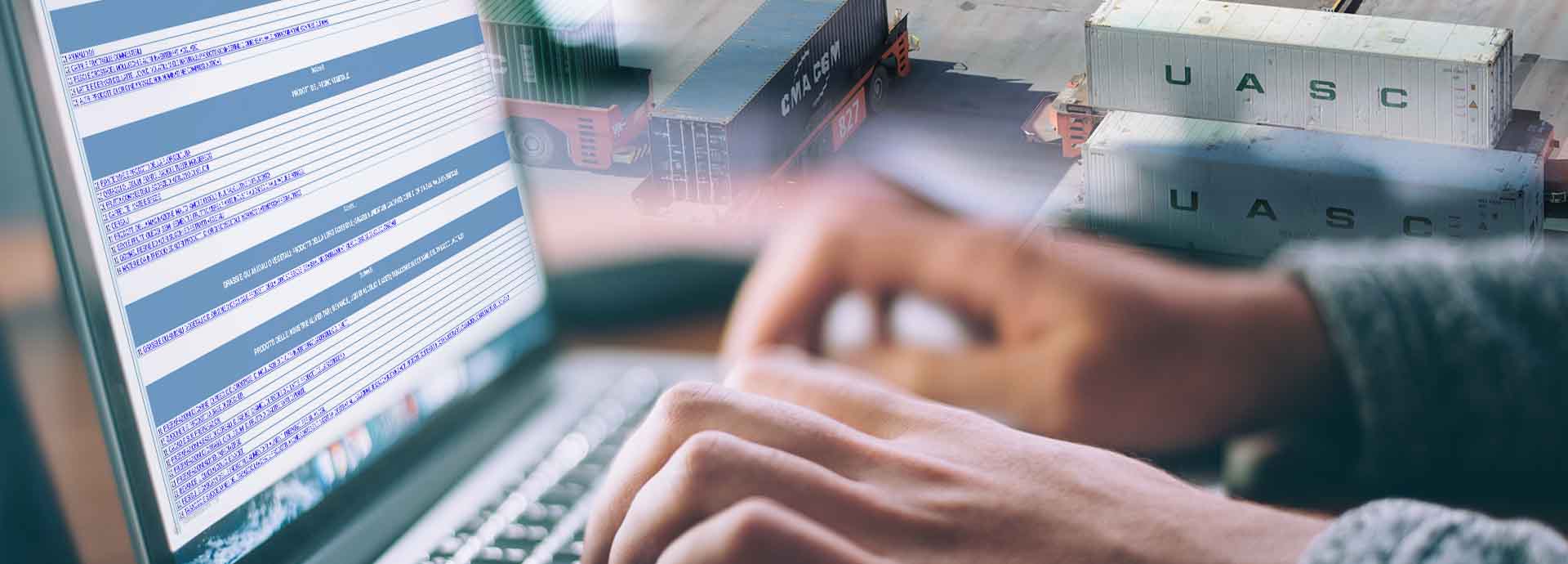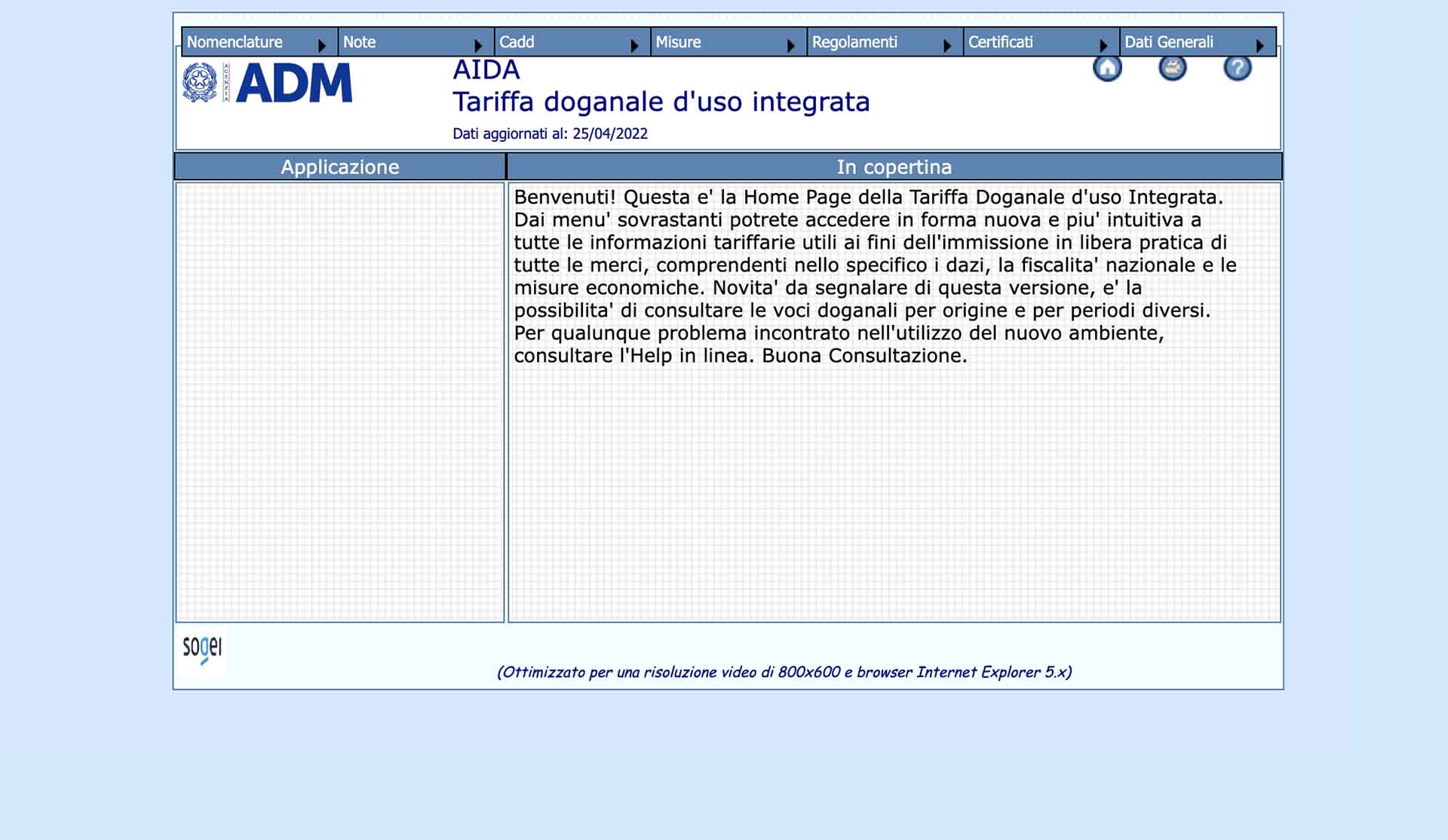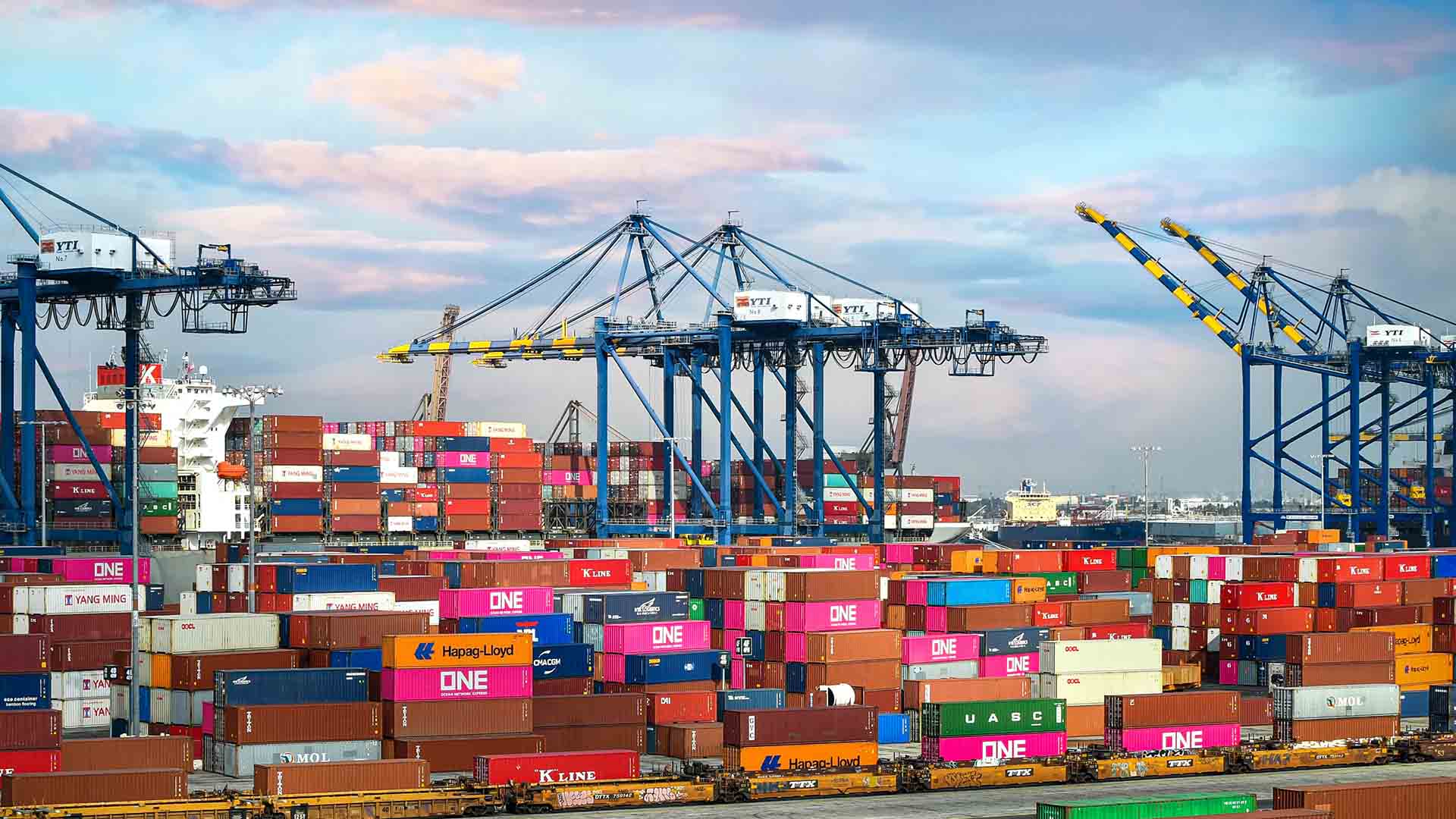
Customs Code: what is it and what is it for?
The Customs Code is a unique numeric value that identifies a certain product category in international trade. Purpose of its introduction is to simplify the customs transit of the goods, which are classified through a worldwide shared nomenclature system.
The Customs Code allows companies that trade with foreign countries to obtain information on import duties and on the potential presence of restrictions or demand for licenses.
In this article we will show you an overview about Customs Code, how to find it online on AIDA (Integrated Automation Customs Excise), the Italian Customs and Monopolies Agency’s information system.

Customs Code: what it is and which information it contains
Customs Code facilitates international commercial trade through a nomenclature system, able to cover an ever-growing and updated numbers of product categories.
Custom Code allows to know duties for a specific product and to calculate foreign trade statistics of every product category.
Harmonized System and Combined Nomenclature: the number of Custom Code
The Custom Code consists of 10 numbers that contains information about its product category and customs tax applied at the time of importation.
- The first 6 digits correspond to the “Harmonized System” (HS) of product coding. It is a shared internationally and standardized product classification system and it is managed by the World Customs Organization (WCO), of which over 200 countries are members. The Customs Code first 6 digits are the same all over the world, as they are uniform in all WCO member states.
- Digit 7 and 8 refer to the Combined Customs Nomenclature, a codification that collects about 9,500 product items and reports for each product the tariffs established by the European Customs Union. Established with no. 2658/87 EEC Regulation, the Combined Nomenclature identifies the tariff requirements and, at the same time, allows you to calculate the European Union’s foreign trade
- Digit 9 and 10 are specific of the TARIC code, the integrated Tariff of the European Union, that identifies and classifies all measures when importing or exporting goods into and from the EU.
Taric distinguishes the product categories and for each of them the sub-categories with the single products. Even in this case, the purpose is to provide harmonized codification among Member States.
AIDA information system: how to find the customs code of a product
To find out the customs code of a product, you can search within the AIDA portal – Integrated Customs Tariff (Integrated Automation Customs Excise), the information system developed and managed by the Italian Customs and Monopolies Agency.
The portal was created specifically to allow importing and exporting companies to find the customs code of a specific product and to trace information about customs tariffs.

Here are some simple instructions to make a search for a product’s customs code on the AIDA portal:
- Connect to the Customs Agency website and select the item “Digital services”. On to free access services page, choose “Taric Customs Tariff” and then click on the link “Access Customs Tariff (TARIC)” to enter the AIDA portal.
- Alternatively, you can directly browse the main AIDA
- once inside the AIDA homepage, click on the “Nomenclature” item in the main menu at the top and then select the voice “Taric”
- from the submenu you can select the customs code search system, choosing from the options: “View”, “Taric Index” and “Search by words”
- by selecting View you can search for the customs tariff by entering the first 4 digits of the Combined Nomenclature
- The “Taric Index” allows you to navigate between the Sections and Chapters of the Combined Nomenclature until you find the desired product
- Search by words, on the other hand, allows you to find the customs code by entering one or more terms, describing the product.
- In case of doubt, it is possible to submit a written request to the Customs Authority in which customs clearance takes place, to receive an opinion on the classification of the identified product.
Relying on a logistics partner: specialized skills for foreign trade
If your company trades with foreign countries, there are several aspects to deal with import / export operations: from customs procedures to knowledge of tariffs and customs codes, from product coding to the application of any restrictions.
Thanks to specialized and constantly updated skills, MWM supports you in the development of your business at an international level, in compliance with current regulations, providing you with integrated logistics services and dedicated expertise.




